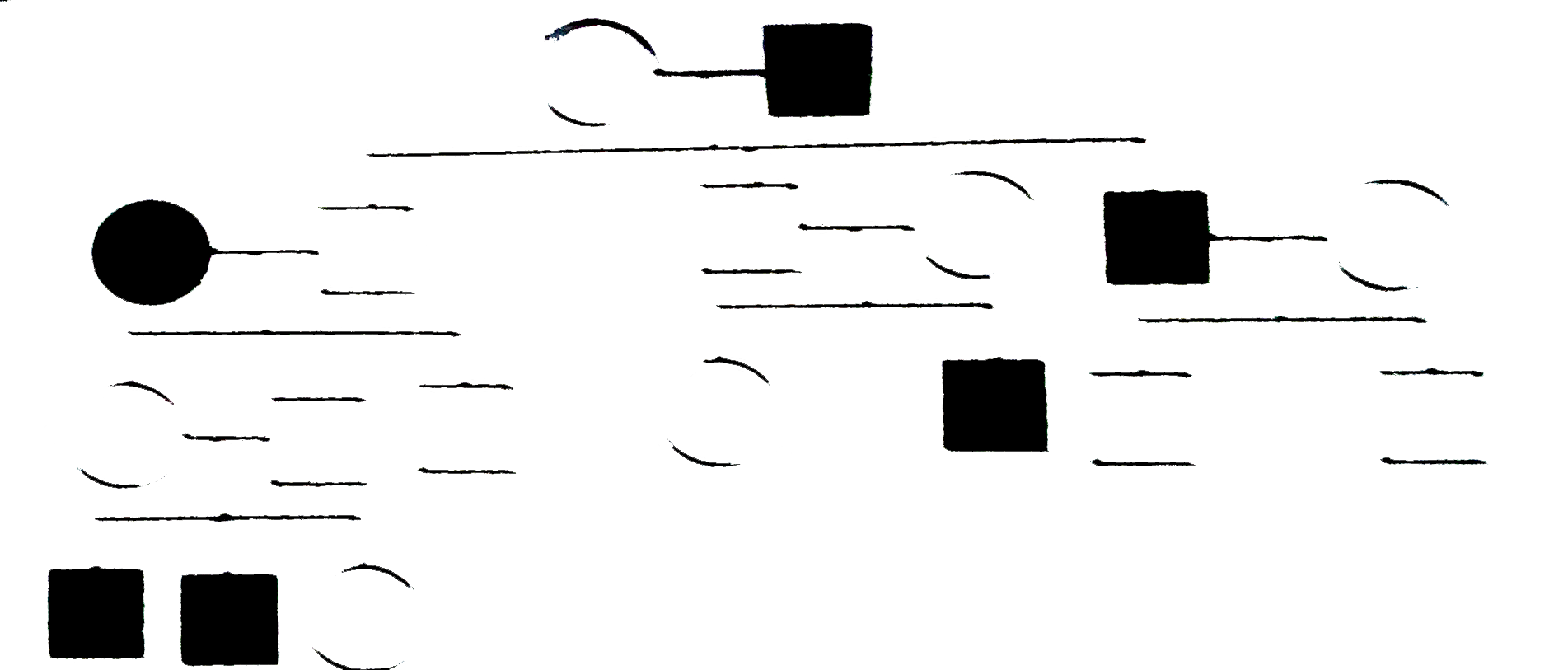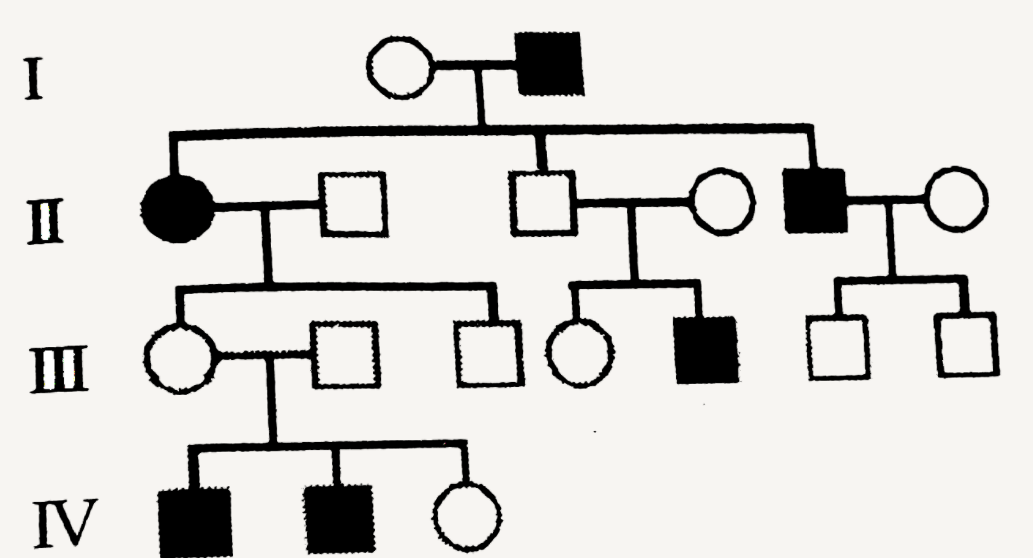Individuals with type-I diabetes
Lack β-cells in the islets of Langerhans
Produce enough insulin bat lack functional receptors on their cells
Can control their diabetes with with diet and exercise
All of these are correct
The correct Answer is:A
Step-by-Step Solution:
1. Understanding Type 1 Diabetes:
- Type 1 diabetes, also known as insulin-dependent diabetes mellitus, primarily affects younger individuals, often developing in childhood or adolescence.
2. Mechanism of Type 1 Diabetes:
- In Type 1 diabetes, there is an autoimmune destruction of the beta cells located in the islets of Langerhans in the pancreas. These beta cells are responsible for producing insulin.
3. Consequences of Beta Cell Destruction:
- The destruction of beta cells leads to a significant reduction or complete absence of insulin production. Insulin is crucial for regulating blood glucose levels.
4. Management of Type 1 Diabetes:
- Unlike Type 2 diabetes, which can often be managed through lifestyle changes such as diet and exercise, Type 1 diabetes cannot be controlled by these methods alone. Individuals with Type 1 diabetes require insulin therapy to manage their blood glucose levels effectively.
5. Physical Characteristics:
- Individuals with Type 1 diabetes are often lean or thin, as their bodies cannot utilize glucose effectively for energy due to the lack of insulin. This is in contrast to Type 2 diabetes, where individuals may be overweight or obese.
6. Conclusion:
- The primary issue in Type 1 diabetes is the lack of beta cells in the islets of Langerhans, leading to insufficient insulin production and the need for external insulin administration for blood glucose control.
- Type 1 diabetes, also known as insulin-dependent diabetes mellitus, primarily affects younger individuals, often developing in childhood or adolescence.
- In Type 1 diabetes, there is an autoimmune destruction of the beta cells located in the islets of Langerhans in the pancreas. These beta cells are responsible for producing insulin.
- The destruction of beta cells leads to a significant reduction or complete absence of insulin production. Insulin is crucial for regulating blood glucose levels.
- Unlike Type 2 diabetes, which can often be managed through lifestyle changes such as diet and exercise, Type 1 diabetes cannot be controlled by these methods alone. Individuals with Type 1 diabetes require insulin therapy to manage their blood glucose levels effectively.
- Individuals with Type 1 diabetes are often lean or thin, as their bodies cannot utilize glucose effectively for energy due to the lack of insulin. This is in contrast to Type 2 diabetes, where individuals may be overweight or obese.
- The primary issue in Type 1 diabetes is the lack of beta cells in the islets of Langerhans, leading to insufficient insulin production and the need for external insulin administration for blood glucose control.
Topper's Solved these Questions
- BOOK - AAKASH INSTITUTE ENGLISHCHAPTER - CHEMICAL COORDINATION AND INTEGRATIONEXERCISE - ASSIGNMENT (SECTION-D)10videos
CHEMICAL COORDINATION AND INTEGRATION
- BOOK - AAKASH INSTITUTE ENGLISHCHAPTER - CHEMICAL COORDINATION AND INTEGRATIONEXERCISE - ASSIGNMENT (SECTION-B)35videos
CHEMICAL COORDINATION AND INTEGRATION
- BOOK - AAKASH INSTITUTE ENGLISHCHAPTER - CELL:THE UNIT OF LIFE EXERCISE - Try Yourself26videos
CELL:THE UNIT OF LIFE
- BOOK - AAKASH INSTITUTE ENGLISHCHAPTER - DIGESTION AND ABSORPTION EXERCISE - Assignment (SECTION-D Assertion - Reason Type Questions )10videos
DIGESTION AND ABSORPTION
Similar Questions
Knowledge Check
- Question 1 - Select One
A dihybrid for qualitative trait is crossed with homozygous recessive individual of its type, the phenotype ratio is:
A1:2:1B3:1C1:1:1:1D9:7 - Question 2 - Select One
A dihybrid for qualitative trait is crossed with homozygous recessive individual of its type, the phenotypic ratio is
A1:2:1B3:1C1:1:1:1D9:3:3:1
Write the genotype of (i) an individual who is carrier of sickle cell anaemia gene but apparently unaffected, and (ii) an individual affected with the disease.
View SolutionIn the following human pedigree, the filled symbols represent the affected individuals. Identify the type of given pedigree
 View Solution
View SolutionIn the following human pedigree, the filled symbols represent the affected individuals. Identify the type of given pedigree
 View Solution
View SolutionIn the following human pedigree, the filled symbols represent the affected individuals. Identify the type of given pedigree
 View Solution
View SolutionIn which type of natural selection , individuals at both extremes of the distribution are rejected ?
View SolutionThe type of placentation occuring in the individuals of the family Liliaceae is
View Solution

